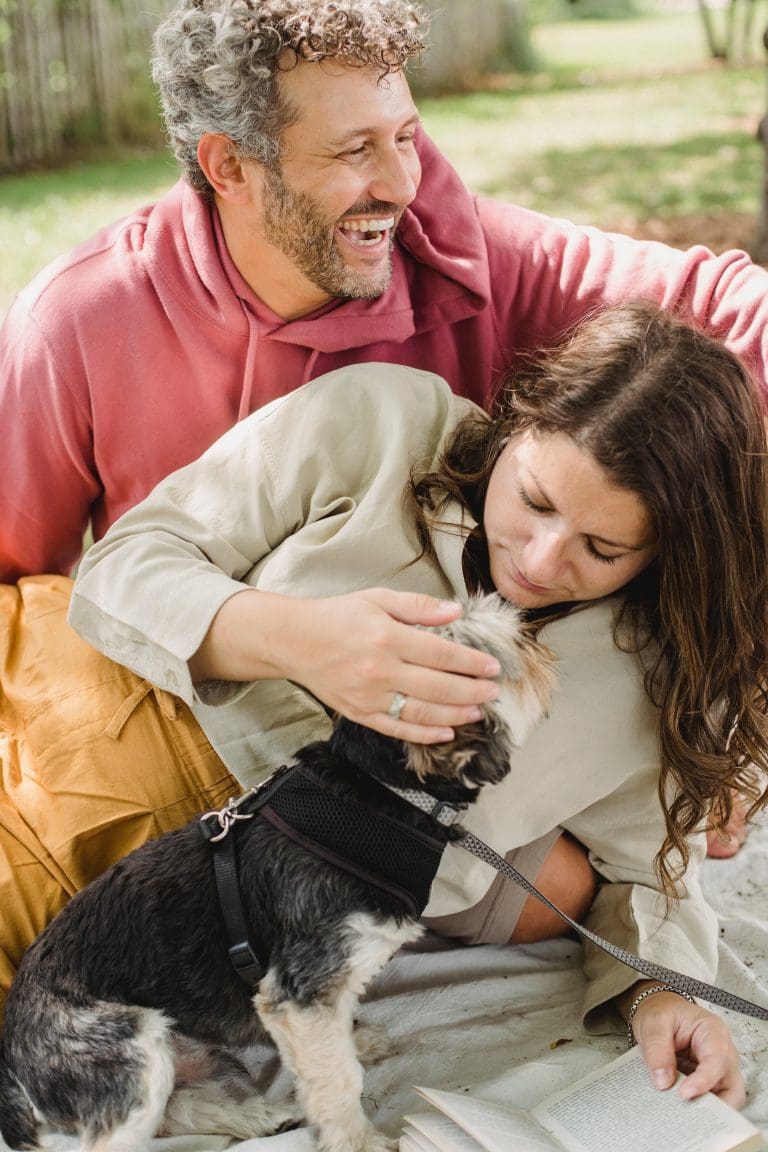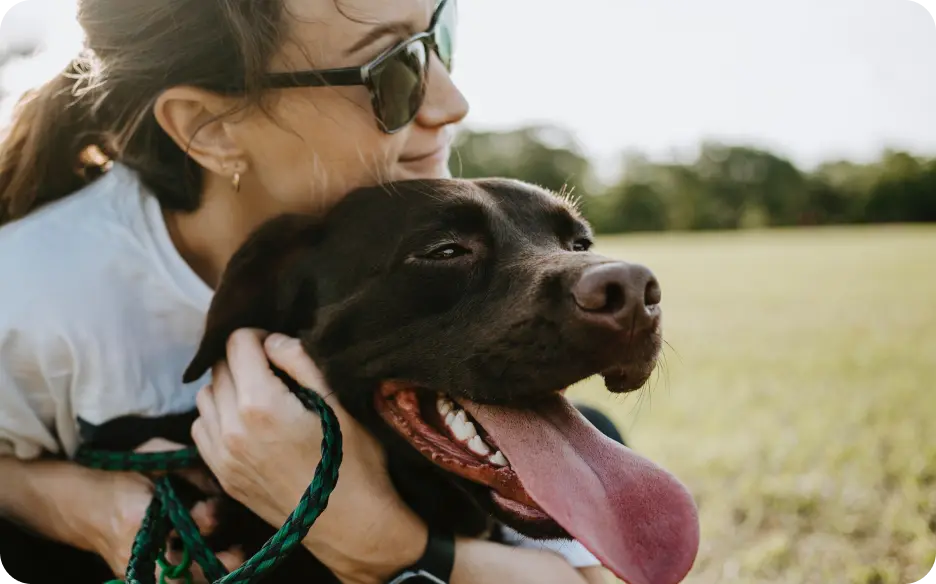What Does A Dog Say?
Post Date:
December 10, 2024
(Date Last Modified: December 10, 2024)
When pondering our furry companions, one of the first questions that arise is, “What does a dog say?” This inquiry opens a door to understanding canine communication. Dogs may not articulate their thoughts in human language, but they possess unique ways of expressing themselves. By paying attention to their sounds, body language, and behaviors, we can strengthen our bond with them and respond appropriately to their needs.
The Sounds of Dogs
Dogs communicate primarily through barks, growls, whines, and howls, with each sound carrying its own significance. A bark might signal excitement, alertness, or anxiety, depending on the tone and context. For example, a high-pitched bark often indicates joy, while a deep, low bark may suggest a warning or protective instinct. Observing your dog’s vocalizations can offer valuable insights into their feelings and intentions.
Growling is another form of communication that warrants attention. While it may be interpreted as a sign of aggression, growling can also indicate discomfort or fear. A dog that growls during play may simply be expressing excitement, whereas a growl from a dog feeling threatened serves as a clear signal to back off. Context is key in understanding the true meaning behind a dog’s growl.
Whining frequently denotes distress or a need for attention. A whiny dog may be anxious, bored, or in search of something—be it food, water, or companionship. If your dog whines often, it might be beneficial to examine its environment and routine to ensure its needs are being met. Some dogs may also whine when they wish to go outside or when they are excited about an upcoming activity.
Howling is a distinctive sound often associated with wolves. Dogs may howl for various reasons, such as to communicate with other dogs, express loneliness, or respond to certain sounds like sirens. This behavior can help dogs connect with their pack, even if that pack consists of humans. Recognizing the reasons behind howling can enhance your understanding of your dog’s feelings.
The Role of Body Language
While vocalizations are crucial, body language also plays a significant role in canine communication. A wagging tail is typically seen as a sign of happiness, but the position and speed of the wag can indicate different emotions. A slow wagging tail held low may signify uncertainty or submission, while a fast wagging tail held high often indicates excitement. Observing your dog’s entire body posture can provide context to their vocalizations.
Ears serve as another key indicator of a dog’s emotional state. Erect ears may suggest curiosity or alertness, while ears pinned back can indicate fear or submission. Recognizing these cues can enable a more effective response to your dog’s feelings.
Eye contact is also vital in canine communication. Dogs may engage in direct eye contact with their owners to signify trust and affection, but prolonged staring can be perceived as a challenge. Learning to interpret your dog’s eye movements can deepen your understanding of their mood and intentions.
The Importance of Socialization and Training
Socialization significantly impacts how dogs express themselves. A well-socialized dog is often more comfortable in various situations and better equipped to communicate its needs. Limited exposure to other animals or people may lead a dog to exhibit fear or aggression in unfamiliar settings. Early socialization can help mitigate these issues, fostering a sense of security.
Training enhances communication between dogs and their owners. Teaching basic commands not only improves obedience but also strengthens the bond shared with your pet. When dogs understand what is expected of them, they are less likely to feel anxious or confused. Positive reinforcement, such as praise and treats, encourages desired behaviors and fosters a trusting relationship.
The Reward of Companionship
One of the most gratifying aspects of having a dog is the companionship they provide. Understanding what your dog is trying to convey can deepen that bond. When a dog approaches you with a wagging tail and bright eyes, it likely expresses happiness and a desire to be near you. Responding to these signals with affection and attention reinforces the connection.
Conversely, if your dog appears withdrawn or anxious, assessing the situation is crucial. Dogs often sense human emotions and may mirror their owners’ feelings. If you’re feeling stressed or unhappy, your dog might pick up on that energy and react accordingly. Creating a calm and supportive environment can help your dog feel secure and relaxed.
Health and Routine
Health is another vital aspect that can affect a dog’s communication. Changes in behavior, such as increased barking, whining, or aggression, can indicate underlying health issues. Regular veterinary check-ups are essential for monitoring your dog’s well-being. If you notice sudden changes in vocalizations or behavior, consulting with a veterinarian is advisable.
Maintaining a healthy routine is key. Regular exercise, a balanced diet, and mental stimulation contribute to a happier, well-adjusted pet. Dogs thrive on routine, and a consistent schedule can help them feel more secure. Incorporating playtime, training sessions, and socialization opportunities into your dog’s daily life can enhance their overall happiness.
The Bond We Share
The joy of having a dog extends beyond mere companionship. Their loyalty and love are unmatched, making them integral members of our families. The bond we share with our dogs is built on trust and understanding. By learning to interpret their communication, a more harmonious life can be achieved together.
As you navigate the journey of dog ownership, remember that communication is reciprocal. While striving to understand your dog’s messages, take time to express yourself clearly as well. Through verbal commands, body language, or affection, your dog will appreciate your efforts in nurturing your relationship.
When pondering, “What does a dog say?” it’s not merely about vocalizations but the intricate world of canine emotions and behaviors. Embracing this understanding can lead to a fulfilling and joyful life for both you and your dog. The next time you hear your dog bark, whine, or howl, take a moment to listen closely and observe their body language. You may discover that your furry friend has much to share, and with patience and empathy, understanding their unique voice becomes a rewarding experience.






